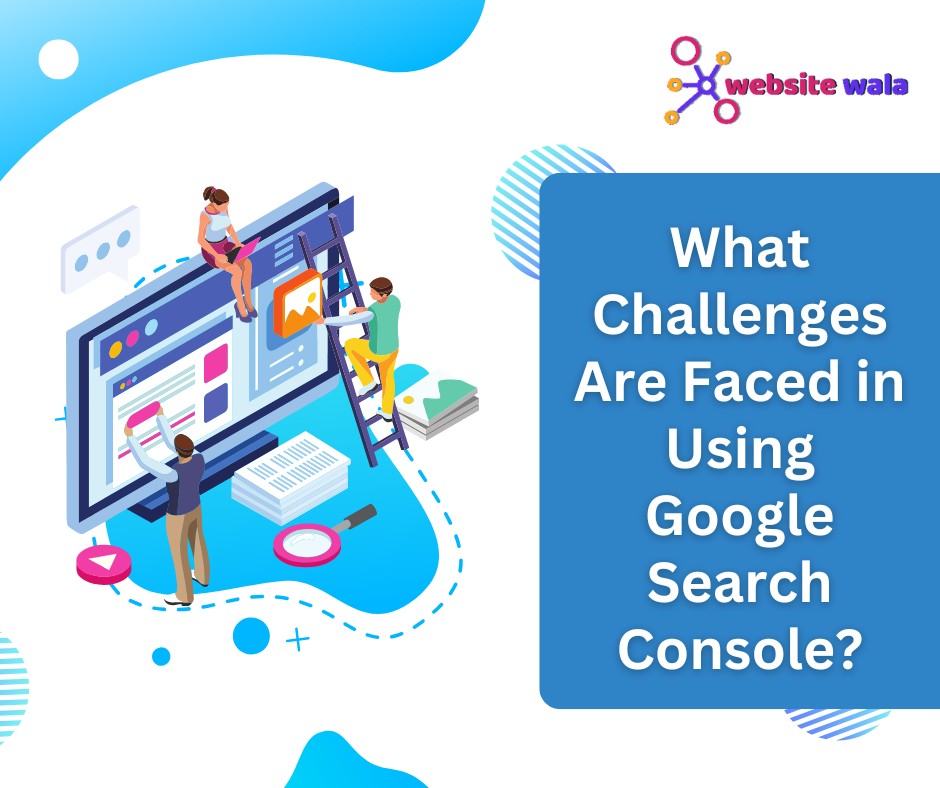
Learn how to utilize JavaScript libraries effectively with this comprehensive guide. Explore popular libraries, understand their features, and improve your web development skills.
A Guide to Using JavaScript Libraries
JavaScript libraries are pre-written sets of code that developers can use to perform common functions and tasks without having to write the code from scratch. They can help save time, reduce errors, and improve the overall quality of web development projects. In this guide, we will explore popular JavaScript libraries, understand their features, and learn how to effectively utilize them to enhance your web development skills.
What are JavaScript Libraries?
JavaScript libraries are collections of pre-written JavaScript code that developers can use to perform specific functions and tasks in their web development projects. They are designed to simplify the coding process by providing ready-made solutions to common problems and challenges that developers often face.
JavaScript libraries can include a wide range of features and functionalities, such as DOM manipulation, event handling, animations, AJAX calls, and more. By using JavaScript libraries, developers can save time and effort, as well as leverage the expertise of other developers who have contributed to the library.
Popular JavaScript Libraries
There are many JavaScript libraries available for developers to use in their projects. Some of the most popular ones include:
- jQuery: jQuery is a fast, small, and feature-rich JavaScript library that simplifies HTML document traversal and manipulation, event handling, and animation.
- React: React is a JavaScript library for building user interfaces, developed by Facebook. It allows developers to create interactive UI components for web applications.
- Angular: Angular is a popular JavaScript framework for building dynamic web applications. It provides a comprehensive set of tools for front-end development.
- Vue.js: Vue.js is a progressive JavaScript framework for building interactive web interfaces. It is easy to integrate with other projects and libraries.
Features of JavaScript Libraries
JavaScript libraries offer a wide range of features and functionalities that can help developers improve their web development projects. Some common features of JavaScript libraries include:
- DOM Manipulation: JavaScript libraries make it easy to manipulate the Document Object Model (DOM) of a web page, allowing developers to dynamically update and modify the content and structure of the page.
- Event Handling: JavaScript libraries simplify the process of handling user interactions, such as clicks, keypresses, and mouse movements. Developers can easily attach event listeners to elements and respond to user actions.
- AJAX Calls: JavaScript libraries provide tools for making asynchronous HTTP requests, allowing developers to fetch data from servers and update the content of a web page without reloading the entire page.
- Animations: JavaScript libraries offer built-in animations and effects that developers can use to create visually appealing and interactive web pages.
How to Use JavaScript Libraries
Using JavaScript libraries in your web development projects is relatively simple and straightforward. Here are some steps to help you effectively utilize JavaScript libraries:
- Choose the Right Library: Before you start using a JavaScript library, make sure to research and choose the right library for your project. Consider the features, compatibility, and community support of the library.
- Include the Library: To use a JavaScript library in your project, you need to include the library file in your HTML document. You can do this by adding a
<script>tag with the source file of the library. - Initialize the Library: Once you have included the library in your project, you need to initialize it by calling the necessary functions or methods provided by the library. This will activate the features of the library.
- Use the Library Functions: After initializing the library, you can start using its functions and methods to perform various tasks in your project. Refer to the documentation of the library for guidance on how to use specific features.
- Optimize Performance: To ensure optimal performance, make sure to use the features of the JavaScript library efficiently and avoid unnecessary calls to functions. Minimize the use of external resources and optimize the loading of scripts.
Utilizing JavaScript Libraries
JavaScript libraries can be extremely helpful in improving the efficiency and productivity of web development projects. By utilizing JavaScript libraries effectively, developers can save time, reduce errors, and create more robust and dynamic web applications. Here are some tips for utilizing JavaScript libraries:
- Stay Updated: Keep track of updates and releases of JavaScript libraries to take advantage of new features, enhancements, and bug fixes.
- Explore Documentation: Familiarize yourself with the documentation of JavaScript libraries to understand their features, functions, and best practices for implementation.
- Experiment and Practice: Practice using JavaScript libraries in small projects or exercises to gain hands-on experience and improve your skills.
- Collaborate with the Community: Join online forums, discussion groups, and communities related to JavaScript libraries to share knowledge, ask questions, and learn from others.
JavaScript libraries are powerful tools that can help developers enhance their web development projects and create dynamic and interactive web applications. By choosing the right library, understanding its features, and utilizing it effectively, developers can streamline their coding process, save time, and improve the overall quality of their projects.
Whether you are a beginner or an experienced developer, learning how to use JavaScript libraries can be a valuable skill that will benefit your career in web development. With the right knowledge and practice, you can leverage the capabilities of JavaScript libraries to build innovative and engaging web applications.




















